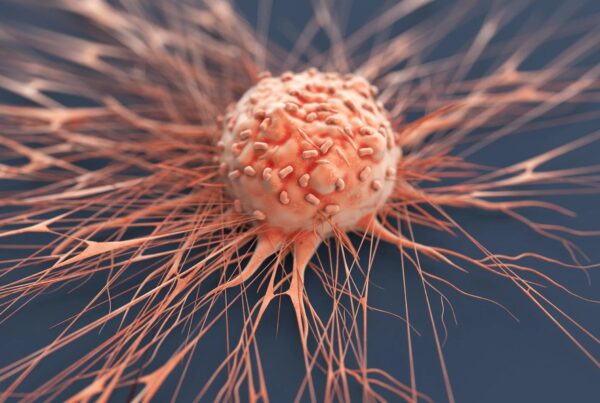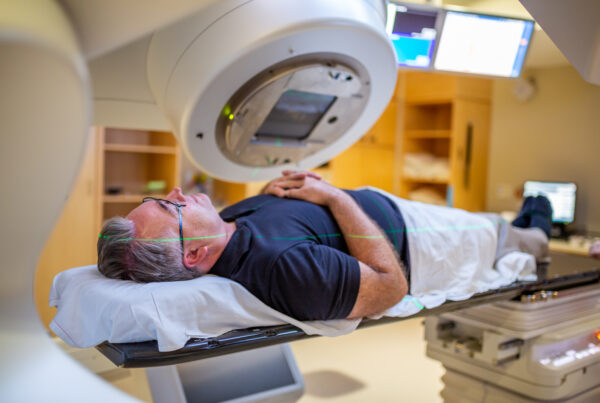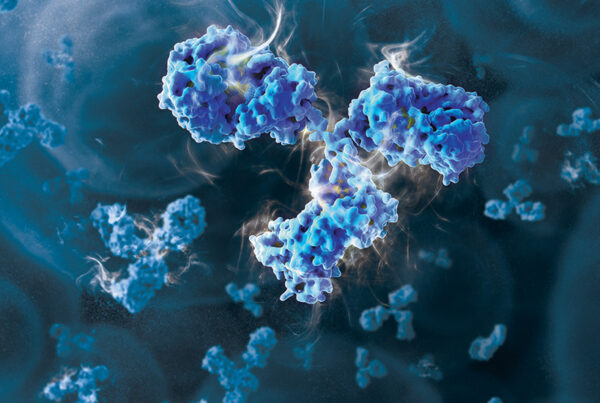The day has arrived when a treatment precisely targets diseased cells without harming healthy tissues!
This is the essence of targeted therapy, which has long promised to change the rules of the game in cancer treatment.
While traditional treatments, like chemotherapy, generally target rapidly dividing cells, affecting both healthy and cancerous cells alike, targeted therapy offers a more selective and specialized approach.
This treatment doesn’t rely on chance; instead, it’s based on a deep understanding of the specific molecular mechanisms that drive the growth and spread of diseased cells.
It’s like a precise sniper hitting its target instead of indiscriminate bombing, which reduces collateral damage and increases treatment effectiveness.
Targeted therapy represents a beacon of hope for patients suffering from complex diseases like cancer and autoimmune conditions, promising to improve and potentially extend their quality of life.
Liva Hospital in Turkey serves as a practical example of implementing these advanced techniques within integrated treatment protocols.
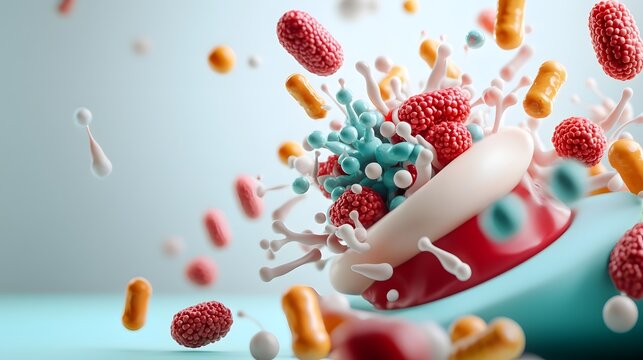
Targeted Therapy
To understand the core of targeted therapy, we must recognize that it represents a paradigm shift in treatment philosophy.
Instead of focusing on randomly eradicating diseased cells, targeted therapy aims to target specific molecular changes, known as “molecular targets,” which are essential for the growth and survival of diseased cells.
These targets can be faulty proteins, abnormal signaling pathways within the cell, or even mutated genes that contribute to disease development.
In the context of cancer, for example, these targets might be genetic mutations that cause the cell to grow uncontrollably, or protein receptors on the surface of cancer cells that send incorrect growth signals.
Targeted therapy works by designing drugs capable of binding to these specific targets and disrupting their function, thereby inhibiting the growth of diseased cells or inducing their programmed death.
This extreme precision is what distinguishes targeted therapy, as it minimizes the treatment’s impact on surrounding healthy cells, making it more specific and less toxic compared to traditional treatments.
It embodies precision medicine at its finest, where treatment is tailored to the molecular characteristics of the disease in each individual patient.
How Targeted Therapy Works?
The mechanisms of action of targeted therapy vary, encompassing a wide range of approaches, each designed to disrupt a specific molecular pathway within or on the surface of diseased cells.
One common type is tyrosine kinase inhibitors. Tyrosine kinases are protein enzymes that play a crucial role in cellular signaling pathways responsible for growth, division, and survival.
In many types of cancer, these kinases are overactive or mutated, leading to continuous and uncontrolled growth signals.
Tyrosine kinase inhibitors work by blocking the activity of these enzymes, thereby disrupting abnormal growth pathways. An example is Imatinib, used in the treatment of chronic myeloid leukemia (CML) and gastrointestinal stromal tumor.
Another mechanism involves monoclonal antibodies (mAbs), which are proteins specifically designed to bind to specific receptors or proteins on the surface of diseased cells, such as epidermal growth factor receptors (EGFR) or HER2 receptors in breast cancer.
Upon binding, these antibodies can inhibit growth signals, stimulate the immune system to attack cancer cells carrying these proteins, or even carry toxic substances directly to the cancer cell.
There are also treatments that target DNA repair pathways, or angiogenesis inhibitors that prevent the formation of new blood vessels that supply the tumor.
These diverse mechanisms allow doctors to choose the most appropriate treatment based on the unique molecular fingerprint of the disease.
Types and Applications of Targeted Therapy
The scope of targeted therapy has expanded to include the treatment of a wide variety of diseases, not only cancer but also some immune and inflammatory diseases.
In the context of cancer treatment, targeted therapy has revolutionized the treatment of many types that were previously considered intractable. Prominent examples include:
- Non-Small Cell Lung Cancer (NSCLC): Drugs targeting EGFR mutations (such as Osimertinib) or ALK rearrangements (such as Crizotinib) have led to remarkable responses in patients carrying these mutations.
- Melanoma (Skin Cancer): Drugs targeting the BRAF mutation (such as Vemurafenib) and the MEK mutation (such as Cobimetinib) have significantly improved outcomes for patients.
- Breast Cancer: Drugs targeting the HER2 receptor (such as Trastuzumab) have become a cornerstone treatment for HER2-positive breast cancer.
- Chronic Myeloid Leukemia (CML): The drug Imatinib was the first targeted therapy to bring about a true revolution in the treatment of this type of blood cancer, transforming it from a fatal disease into a manageable chronic condition.
- Colorectal Cancer: Some targeted therapies target the EGFR receptor or vascular growth factors.
In addition to cancer, targeted therapy is also used in the treatment of autoimmune and inflammatory diseases, such as rheumatoid arthritis, psoriasis, and Crohn’s disease. In these cases, the drugs target specific molecules in the immune system responsible for triggering an abnormal inflammatory response.
Benefits of Targeted Therapy
Targeted therapy offers a set of fundamental benefits that distinguish it from traditional treatments, making it a preferred option whenever possible.
First, targeted therapy has high selectivity, meaning it specifically targets diseased cells without significantly affecting surrounding healthy cells.
This characteristic leads to reduced side effects compared to broad chemotherapy.
While chemotherapy patients may experience hair loss, severe nausea, and general fatigue due to the impact on rapidly dividing cells throughout the body, the side effects of targeted therapy are often less severe and vary depending on the targeted pathway.
For example, they may include skin rash, diarrhea, or liver or heart problems, but they are often more manageable.
Second, targeted therapy can lead to longer and more effective therapeutic responses in some patients.
By disrupting essential pathways that diseased cells rely on for survival, targeted therapy can achieve long-term control over the disease, and in some cases, may even lead to a cure.
Third, targeted therapy allows for customizing treatment for each patient based on the unique molecular fingerprint of their disease.
This approach ensures that the patient receives the treatment most likely to be effective for them, increasing the chances of success and reducing the need to try multiple treatments that may not be beneficial.
These combined benefits make targeted therapy a cornerstone of modern medicine, significantly improving patients’ hopes and quality of life.
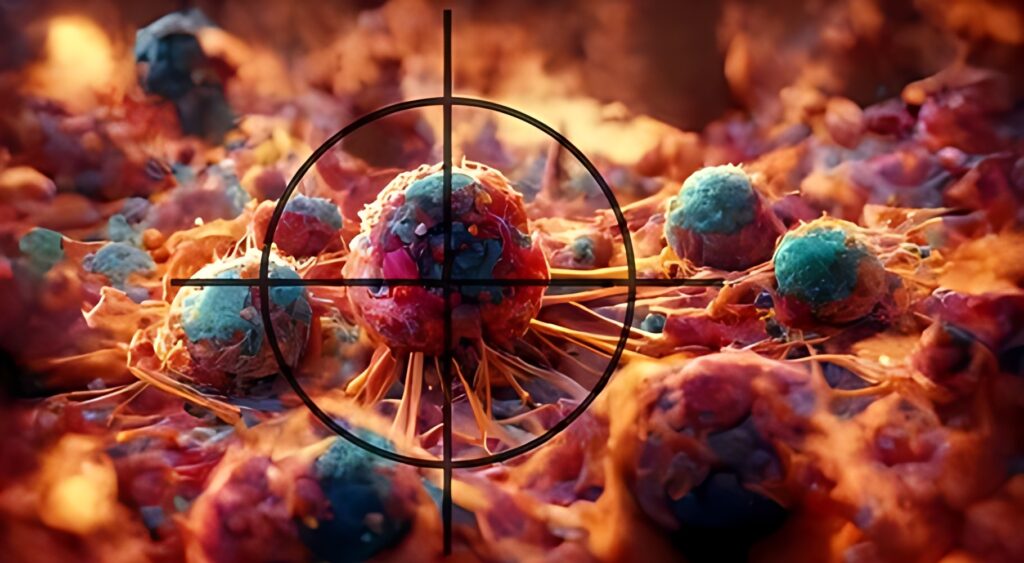
Challenges and Limitations of Targeted Therapy
Despite the revolution brought by targeted therapy, it is not without challenges and limitations that require continuous research and development.
One of the most prominent challenges is the development of resistance to treatment. Just as organisms adapt to their environment, diseased cells can develop mechanisms to resist targeted therapy over time.
This can occur due to new genetic mutations appearing in cancer cells, or the activation of alternative signaling pathways that allow the cell to grow even when the original pathway is targeted.
This requires continuous patient monitoring and re-evaluation of the tumor’s molecular characteristics to adapt the treatment.
The second challenge is that not all diseases have targetable molecular targets, or some targets may not be “druggable” with currently available medications.
This means that targeted therapy is not suitable for all types of cancer or all patients.
Third, the cost of targeted therapy is extremely high, making it not easily accessible worldwide and placing a significant financial burden on patients and healthcare systems.
Fourth, identifying appropriate molecular targets requires advanced genetic and molecular testing, which may not be available in all medical centers or may take a long time.
These challenges underscore the need for more research to develop new drugs to overcome resistance, discover new targets, and make these treatments more accessible and cost-effective.
The Process of Choosing Targeted Therapy
The process of choosing targeted therapy is complex and precise, requiring a multidisciplinary approach and heavily relying on the concept of personalized medicine.
Targeted therapy is not prescribed randomly; instead, it usually begins with conducting comprehensive genetic and molecular tests on a tumor sample (or in some cases, a blood sample).
These tests aim to identify specific genetic mutations, changes in gene expression, or the presence of certain proteins known to be targetable by smart therapies.
Final Word
Targeted therapy represents a landmark in the history of modern medicine, transforming the concept of disease treatment, especially cancer, from a general approach to a precise and personalized one.
By targeting the specific molecular mechanisms that drive the growth of diseased cells, targeted therapy has provided unprecedented results in effectiveness, while reducing side effects and improving patients’ quality of life.
Despite the challenges of resistance and cost, continuous innovation in this field, supported by global research and advanced institutions like Liva Hospital in Turkey, promises a future where precision medicine will be the standard.
Targeted therapy is not just a set of drugs; it is an embodiment of hope, proof of science’s ability to change the course of intractable diseases, and a giant step towards an era where despair fades and healing flourishes.
Frequently Asked Questions
Is targeted therapy available for all types of cancer?
No, not for all types of cancer. The availability of targeted therapy depends on the presence of specific “molecular targets” in the tumor cells that drugs can target.
Does targeted therapy cause fewer side effects than chemotherapy?
Generally, yes. Targeted therapy tends to cause less severe and more manageable side effects compared to chemotherapy, as it targets diseased cells more specifically. However, it can still cause side effects, which vary depending on the type of drug and the targeted pathway.
Can targeted therapy cure cancer?
In some cases, targeted therapy can lead to long-term therapeutic responses and even a complete cure, especially in certain types of cancer with specific molecular targets that respond well. However, in many cases, it works to control disease growth, prolong the patient’s life, and improve their quality of life.
What happens if resistance to targeted therapy develops?
If resistance develops, the doctor may re-evaluate the tumor through new genetic tests to look for resistance mutations or alternative molecular targets. Based on these results, the treatment may be changed to another targeted drug, or targeted therapy may be combined with other treatments, or a completely different treatment may be pursued.
Is targeted therapy expensive?
Yes, targeted therapy drugs are often very expensive due to the complexity of their development and production. This poses a significant challenge in making them available to all patients and may require insurance coverage or patient assistance programs.
Can targeted therapy be combined with other treatments?
Yes, often, targeted therapy is combined with other treatments such as chemotherapy, radiation therapy, or immunotherapy. This combined approach can increase the overall treatment effectiveness and reduce the chances of resistance developing.

